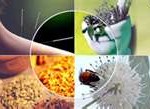1. Packets also provide the best packaging for our 100% all natural, extensively tested Chinese herbs. (testing for contaminants and active ingredients is not required by law, many companies don't test nor will they disclose where their raw herbs are sourced or where they are packaged) The best quality raw herbs equals best quality finished products. 2. Packets use incredible new patented technology for the herb drying process.
3. Packets preserve the natural plant chemicals because the technology is vastly superior than older manufacturing methods.
4. Packets insure each Chinese herb pack is air tight, so natural oxidation or spoiling is eliminated.
5. Packets prevent moisture from spoiling our herbs, our products are fresh and potent which make them highly effective. Herbs packaged in capsules simply cannot compare to our potency levels.
6. Packets require NO filler in the packaging process. Pac Herbs are pure and unadulterated. Capsules use up to 50% inactive filler which has no known benefit for the body. Studies have not conclusively proven fillers such as magnesium sterate which is used in nearly every herb product on the market, are safe.
7. Packets are convenient to carry with you, mix in hot or cold water and get instant relief.
I think that shoud anwer those two common questions. If you have any other questions, just post them below and I'll do my best to answer them. Thanks for reading.


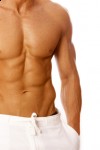
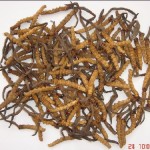
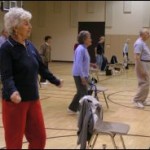
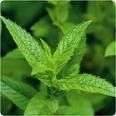
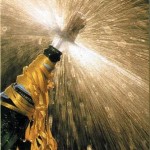

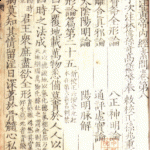
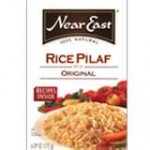
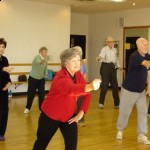 The American Academy of Otolaryngology – Head and Neck Surgery Foundation (AAO-HNSF) says Tai Chi can help your dizziness and balance disorders. Tai chi is a form of Chinese martial arts often practiced for its health benefits. Practiced widely in Asia it can be an effective treatment option for patients who suffer from dizziness and vestibular disorders.
The American Academy of Otolaryngology – Head and Neck Surgery Foundation (AAO-HNSF) says Tai Chi can help your dizziness and balance disorders. Tai chi is a form of Chinese martial arts often practiced for its health benefits. Practiced widely in Asia it can be an effective treatment option for patients who suffer from dizziness and vestibular disorders. 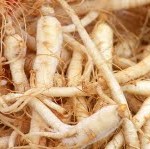 Ever since Dr. Oz’s interview in Esquire magazine (Dec. 09) I’ve been fielding a phethera of questions on ginseng. Thanks Dr. Oz, I’m always happy to talk about the Chinese herbs I love. It’s an added bonus that the best American Ginseng is actually grown in Wisconsin, my old stomping grounds. I also love to buy American whenever possible.
Ever since Dr. Oz’s interview in Esquire magazine (Dec. 09) I’ve been fielding a phethera of questions on ginseng. Thanks Dr. Oz, I’m always happy to talk about the Chinese herbs I love. It’s an added bonus that the best American Ginseng is actually grown in Wisconsin, my old stomping grounds. I also love to buy American whenever possible.